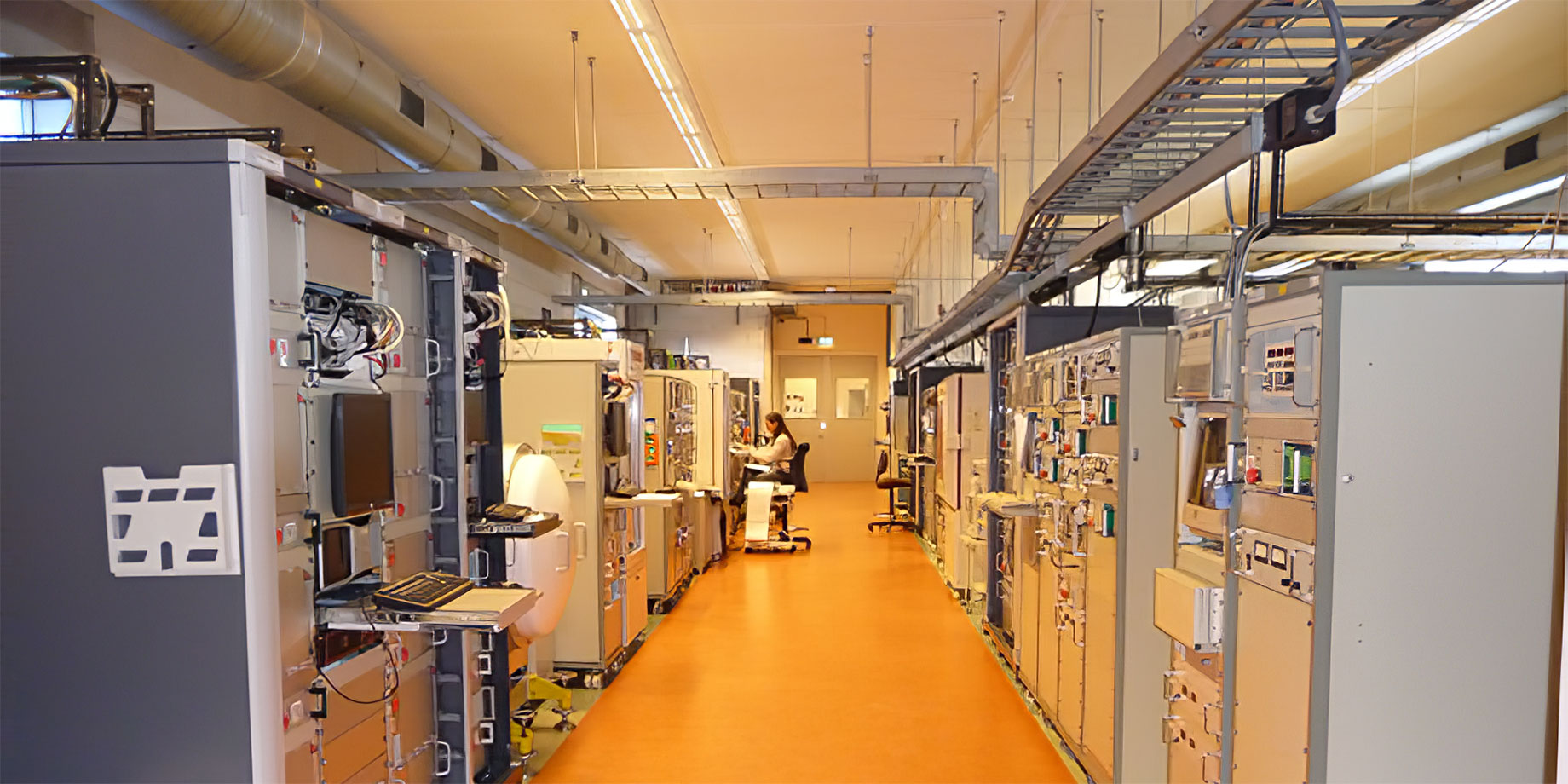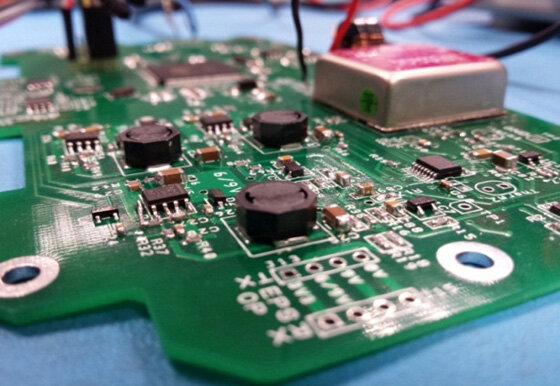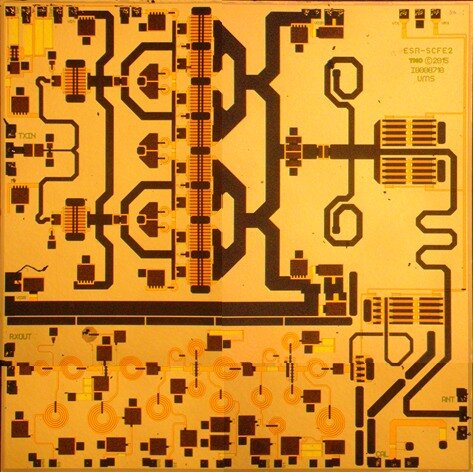Main responsibilities
The Power Systems, EMC and Space Environments Division is responsible for all aspects of power systems required for ESA spacecraft and payloads. More specifically responsibilities encompass:
The Power Systems, EMC and Space Environments Division is responsible for all aspects of power systems required for ESA spacecraft and payloads. More specifically responsibilities encompass:
Power sources such as solar generators and nuclear devices
Electrical energy storage devices such as batteries, super capacitors and fuel cells
Power management and conditioning systems
Power distribution and protection techniques & technologies
Electrical harness design and engineering
EMC modelling, engineering and related testing
Analysis and modelling of space environments and their effects on space systems
Design of space environments and effects monitoring hardware
Supporting ECSS and ISO standardisation for the above listed technologies.
The Power Systems, EMC and Space Environments Division activities also encompass system trade-offs and detailed assessments of the related technologies, as well as bread-boarding and testing in the associated laboratories and facilities: the Electromagnetic Laboratory and its facilities, the ESA Space Power Laboratory and its facilities in Solar Generation, Power, and Energy Storage (battery and fuel cells).
The division is involved in most ESA missions from the beginning of the study until the launch campaign and sometimes even beyond. The team provides technical support and expertise to other ESA directorates and conducts a high degree of R&D activities, which help future ESA projects and industry. Last but not least, the divisional laboratories provide independent and impartial testing results, which are valuable to ESA projects and to external companies.
Related laboratories
Why it is needed

A reliable, ongoing power supply is essential to a spacecraft's success.
The power system is a critical ‘resource’ of the spacecraft. It has to be protected against any failure of other units that could degrade it or even cause loss of service, especially short circuits.
The Sun provides around 1.4 kilowatts of power per square meter in Earth orbit. This is why the majority of spacecraft incorporate wing-like solar arrays -- or have them layered across their body.
Satellites are also equipped with rechargeable batteries to keep them powered until the solar panels are deployed after launch or whilst orbiting in shadow, which occurs when a spacecraft is eclipsed by a planet or moon.
While electricity is a satellite's lifeblood, there can sometimes be too much of a good thing. While ensuring the desired reception and transmission of signals, electrical currents induce electric and magnetic fields, which can cause interference and degrade spacecraft performance.
Moreover, the natural space environment includes high-energy particle radiation, plasmas, gases and particulates. These environments and their effects can be threats to the spacecraft and affect the power system.
WE CAN HELP YOU GET THE BEST OUT OF OUR DIVISION
WOULD YOU LIKE TO WORK WITH US?




